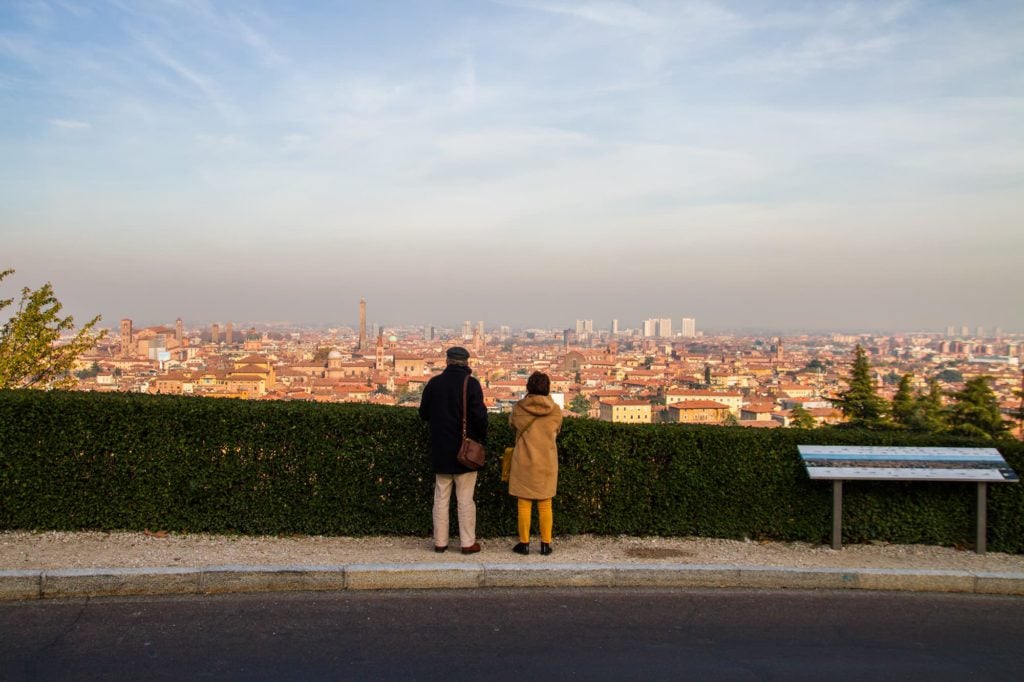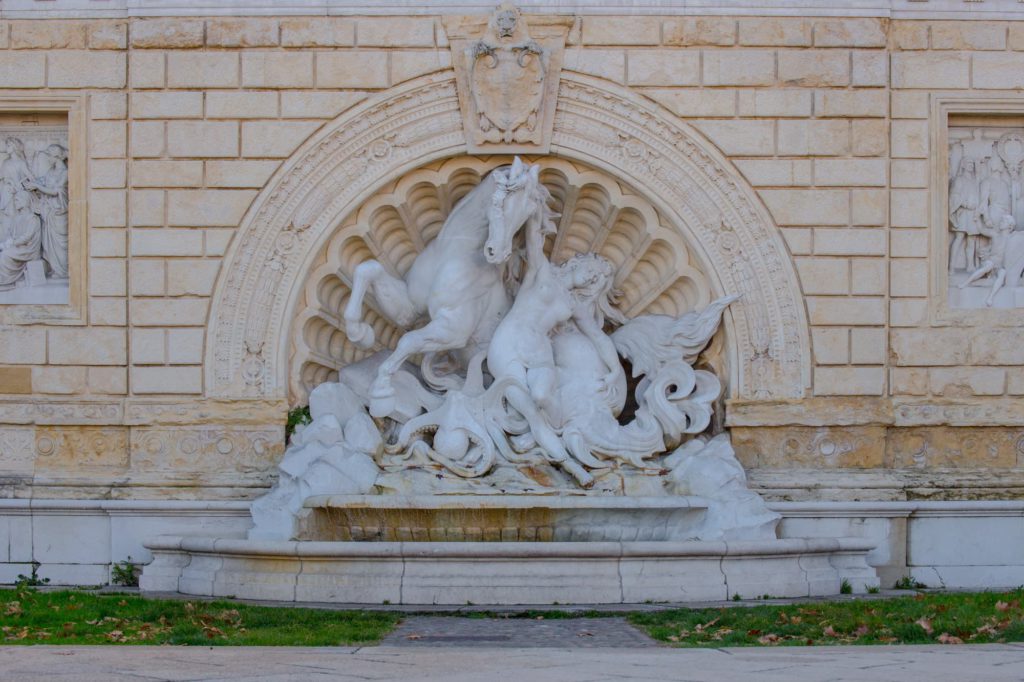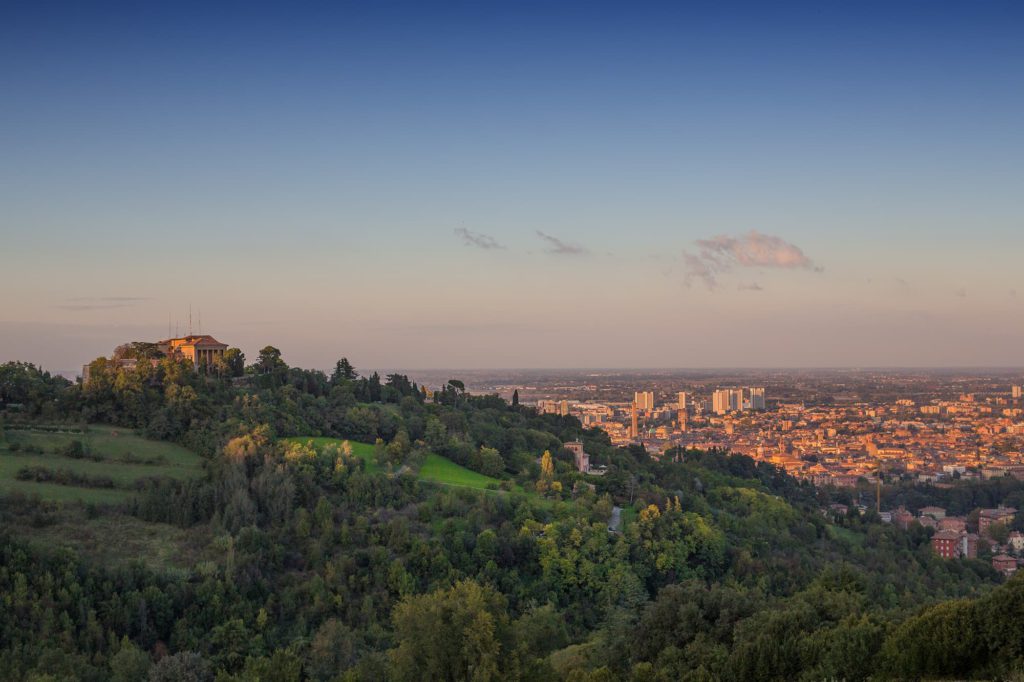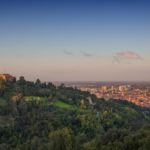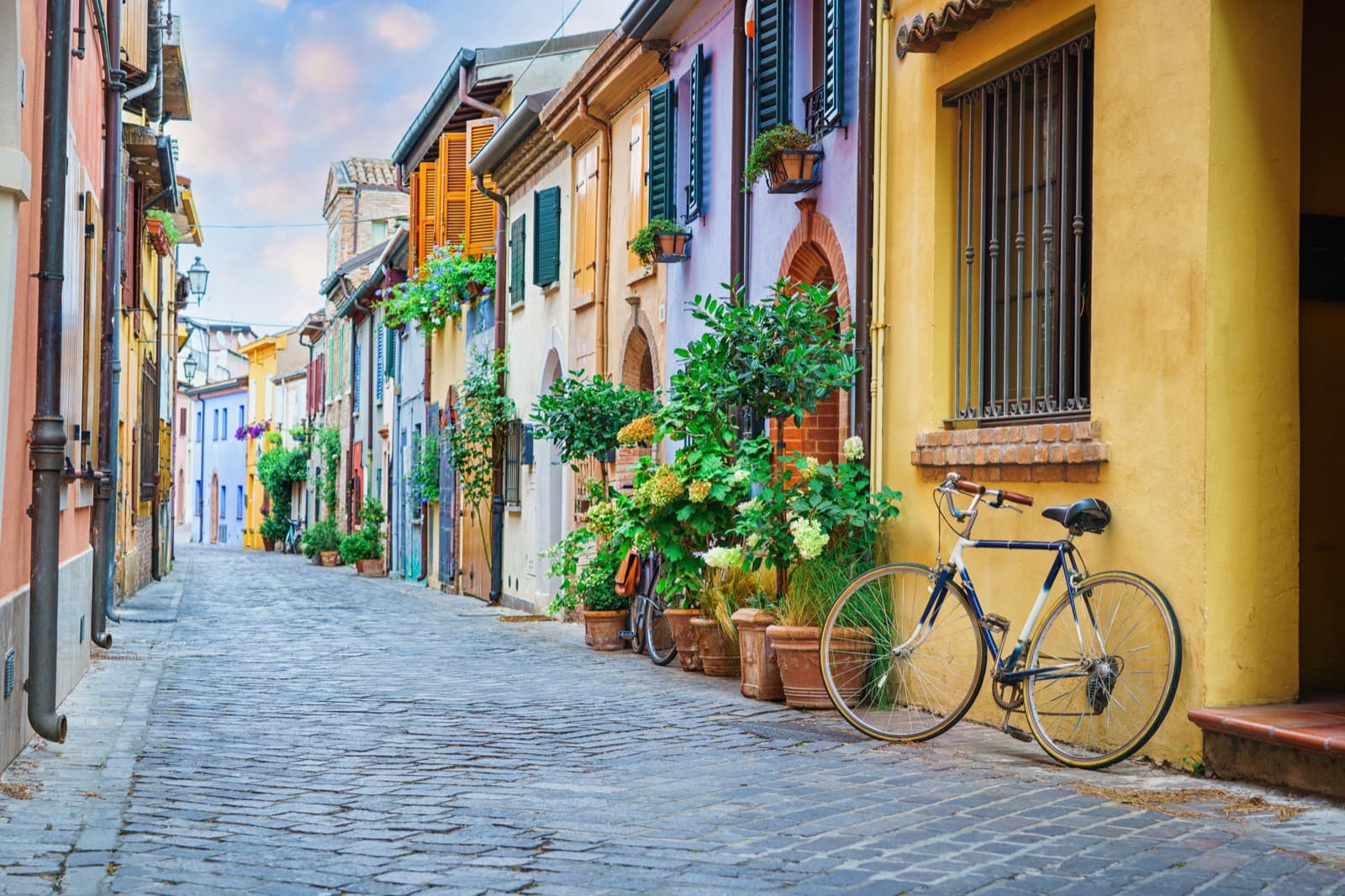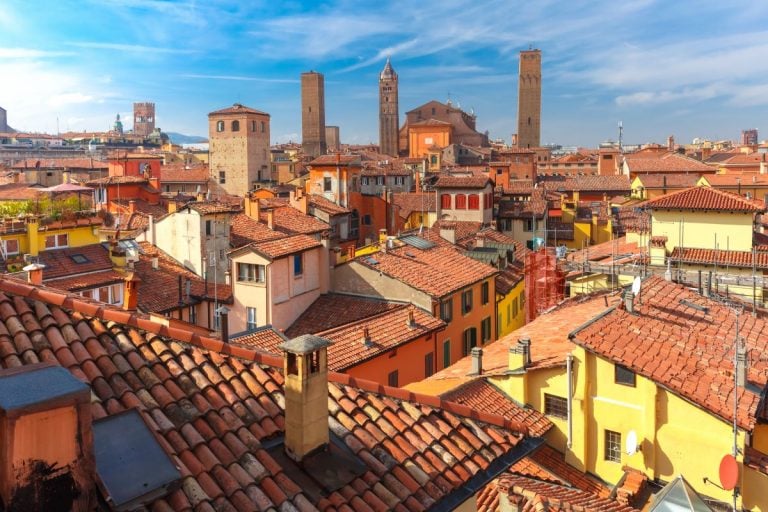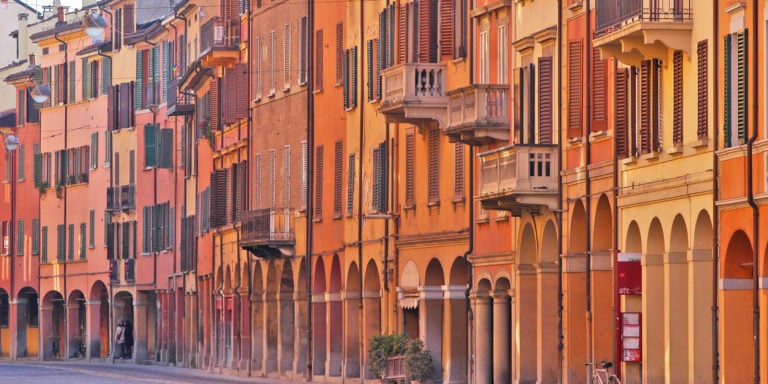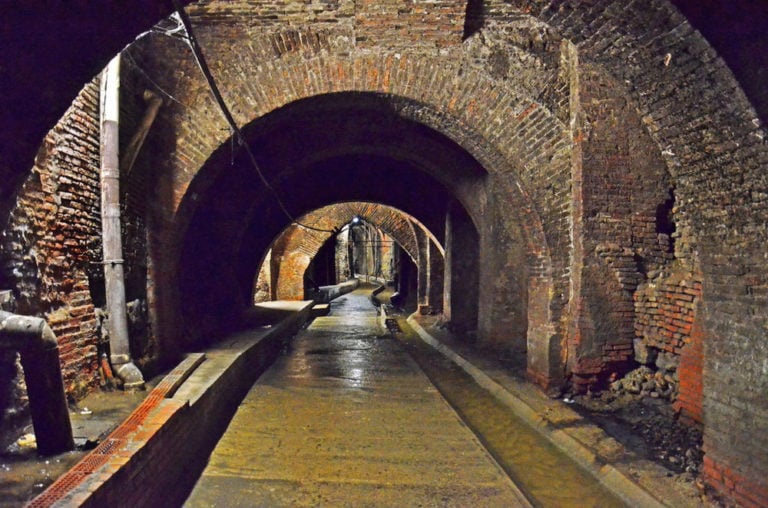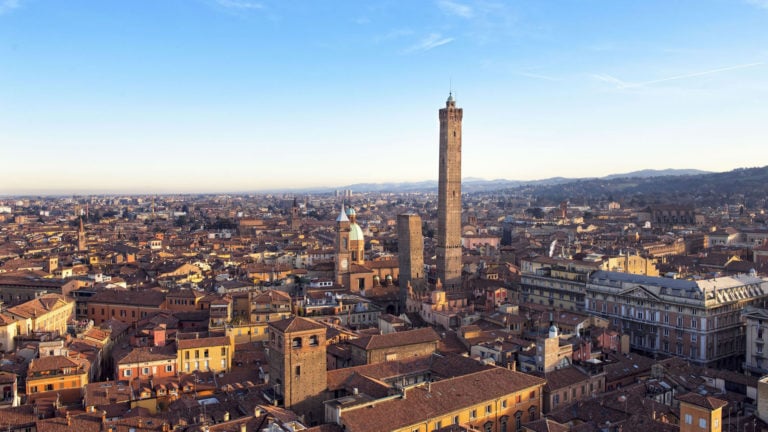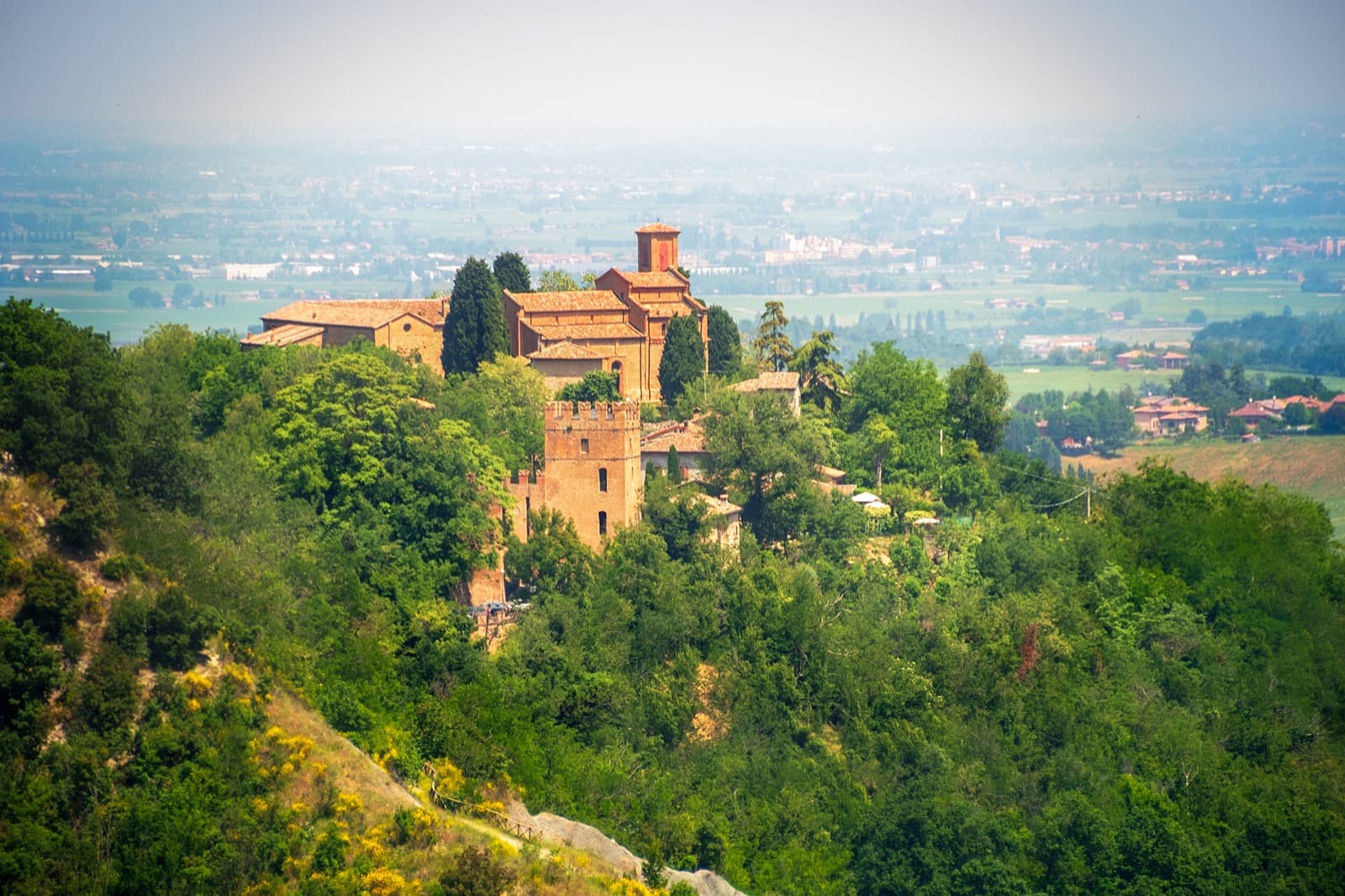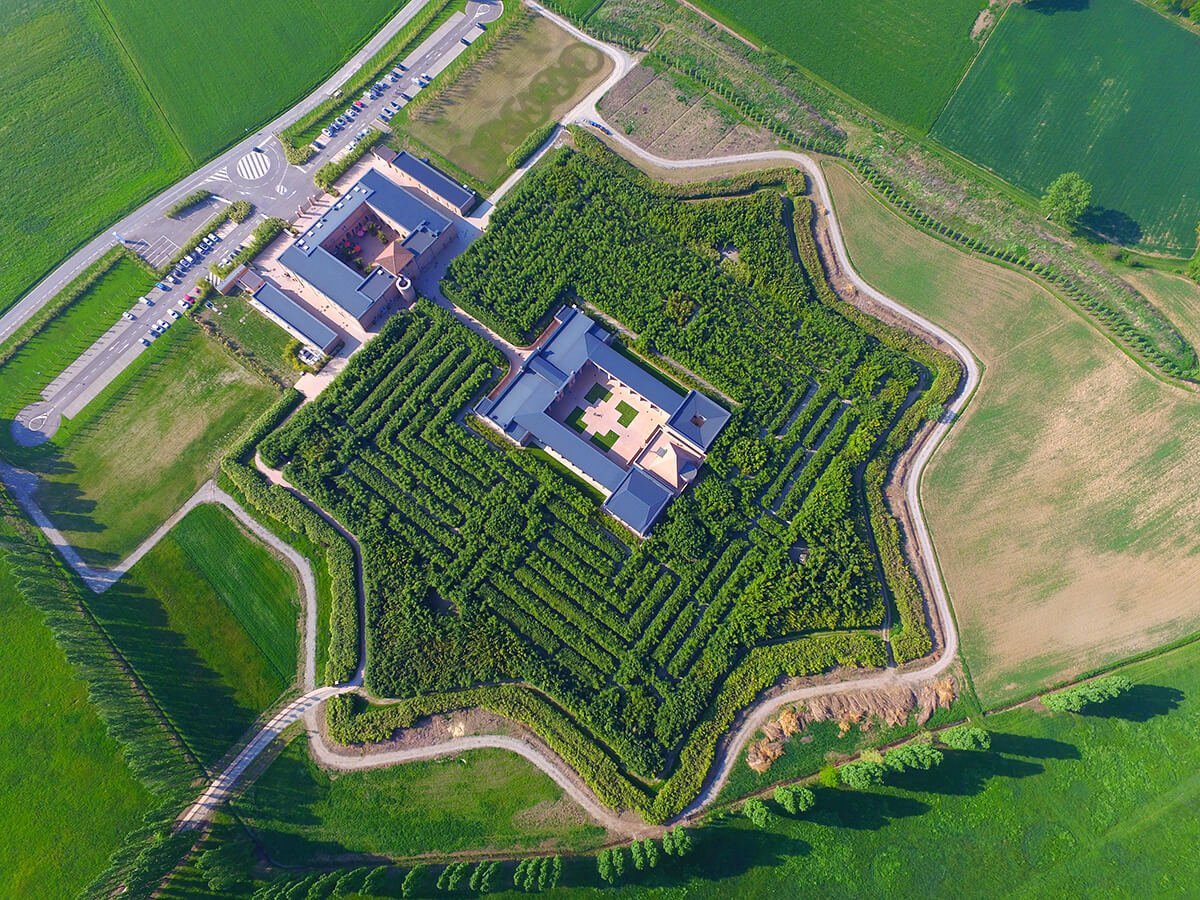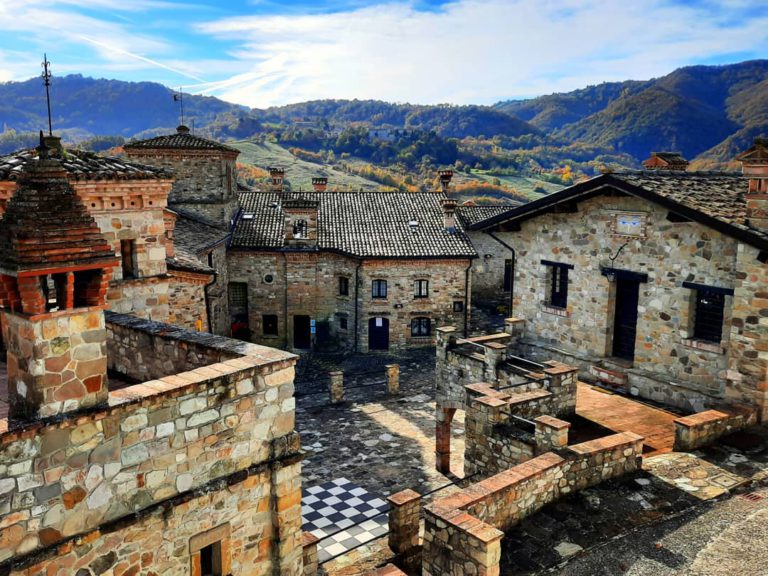Bologna is known as the red, the learned and the fat. But have you ever thought about “Bologna the green”?
The capital of Emilia-Romagna is undoubtedly a city of art par excellence, and visitors can choose from many different perspectives to explore the area, from culture to gastronomy. But the historic centre of the city, which is considered one of the largest and best preserved in Italy, hides many green corners, both inside the courtyards of historic buildings, and within the city walls, in the form of parks and gardens.
Not only is the historic centre rich in green spaces, but Bologna is a city that has “the hills at its doorstep”, as Dino Campana wrote.
The hills close to the city, just a 15-minute walk from Piazza Maggiore, are a constellation of parks, meadows, woods, villas and cultivated areas. A natural and semi-natural landscape, protected at a regional level, which extends from the gentle slopes to the south and east of the city to the green plains to the north.
Bologna, panoramic view from San Michele in bosco Ph. BolognaWelcome
Bologna, Montagnola Gardens, fountain at the Pincio steps Ph. BolognaWelcome
Bologna, panoramic view from Villa Ghigi Ph. BolognaWelcome
Margherita Gardens
The most important, visited and famous garden in the centre of Bologna is undoubtedly the Park of the Margherita Gardens. 26 hectares of greenery and avenues, water and majestic trees: inaugurated in 1879 and dedicated to “Her Majesty Queen Margherita“, the park is the favourite green space for the people of Bologna of all ages. Inside you will find ice-cream parlours, cafés, children’s playgrounds, but also a Liberty-style villa, a kindergarten, a coworking space, a vegan restaurant… A park to explore, in search of the remains of an Etruscan tomb found during its construction.
Montagnola Park
If the Margherita Gardens are the most visited park, the most monumental and richly decorated is the Montagnola Park, which – according to tradition – was built on the ruins of the Galliera Fortress, destroyed and rebuilt several times. Since the 1600s the people of Bologna have walked on the hill formed by the ruins, but it was Napoleon in the 1800s who wanted the elegant design that characterises the park today.
The monumental Pincio staircase was added later, giving this urban garden the majestic appearance that still characterises it today.
Cavaticcio Park
The Cavaticcio Park, which takes its name from the canal that crosses it, is also located in a historic setting. The garden, which combines architecture and nature, is located at a strategic point for the waters of Bologna, where there is a hydroelectric power station that exploits the natural drop of about 15 metres that the Reno Canal makes just outside the park.
Botanical Garden
A walk in the Botanical Garden of Bologna, founded in 1568 by Ulisse Aldrovandi and today one of the oldest in Italy and the world, is a must for those who love local and exotic plants.
Villa Angeletti Park
If the historic centre is rich in green spaces, the outskirts are no less so. North of the centre, not far from the railway station, is the vast Villa Angeletti Park. An old country house from the 1700s, surrounded by land used for agricultural research and experiments in the 1930s, it is now a flat urban park that runs along the Navile canal.
Gessi Park
On the opposite side of the city, towards San Lazzaro di Savena, begins one of the most extensive parks in the area. The Gessi Park, which actually begins in the south-eastern outskirts of the city along the Savena stream, extends over an extremely large area that includes several municipalities in the area. The park, which is very varied, has almost 130 caves and an enormous environmental wealth and biodiversity.
Finally, on the hillside are some of the most beautiful and panoramic parks in the city. The most convenient and accessible on foot are undoubtedly San Michele in Bosco, Villa Spada and Villa Ghigi.
San Michele in Bosco Park
San Michele in Bosco, at 132 metres high, is one of the most evocative places in Bologna, built around a monastic complex dating back to the 1300s, today home to the Rizzoli orthopaedic workshops, with a spectacular view of the city.
Villa Spada Park
The Villa Spada Park, accessible from via Saragozza, was created as a setting for the 18th-century villa, with a beautiful Italian garden that then becomes a real hill. The villa houses one of the most unique museums in the city, the Bologna Tapestry Museum, and few know that on the top floor, it is possible to admire one of the many ancient sundials found in the noble palaces of the city.
Villa Ghigi Park
Villa Ghigi Park, a large garden close to the city, was turned into a municipal park in the 1970s, but it still retains the structure of an ancient agricultural estate, with rows of fruit trees, vineyards, meadows, groves and truly ornamental corners.
In short, Bologna is certainly not lacking in places to breathe in the peace of nature!
EXTRA
A tip for garden and plant lovers! Every year, at the end of May, the Diverdeinverde festival opens private gardens in the centre and outskirts of Bologna, allowing you to discover that the city really is a garden. Mark the date in your diary!
Author
You may also like
by Redazione locale di Bologna ///
The towers of Bologna you shouldn’t miss
by Elisa Mazzini /// December 19, 2019

Interested in our newsletter?
Every first of the month, an email (in Italian) with selected contents and upcoming events.
Trip out of town from Bologna: a day among abbeys and castles
by Elisa Mazzini /// December 27, 2022
Historical gardens and parks in Emilia-Romagna
by Davide Marino /// March 30, 2018

